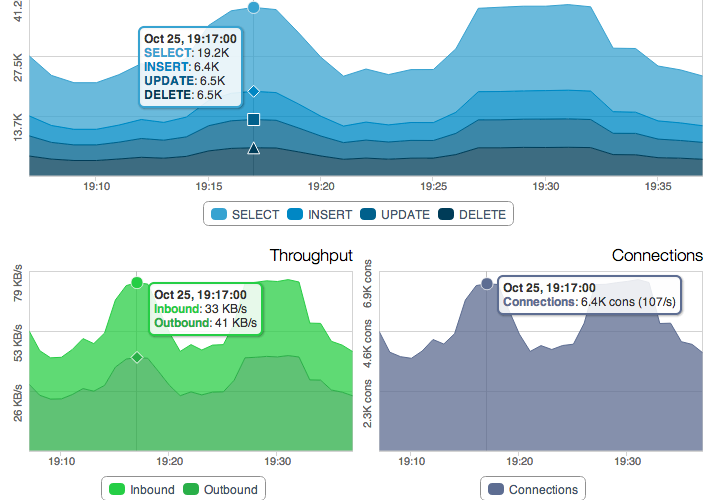Here’s a tiny backstory: Looking back into the past five to six years, homelabbing has been one of greatest pleasures to fiddle around and come up with the right setup for whatever I’m learning. I’ve went from VMs on my laptop to using XEN on some old machine to VMware ESXi. ESXi is great, but with time, I kept finding myself doing a lot of the same thing over and over, and although I automated most parts that are repetitive, I felt like I wanted something a bit quicker that just works.
For around two years, oVirt has been my choice for hosting my run-of-the-mill – mostly linux – labs. It works well with images, it can be automated, and it does nested virtualization very, very well. Nested Virtualization and speed to bring VMs up were my two absolutely favorite parts, especially as I started working on Contrail and Openstack. I still happily run oVirt today for everything, except Networking Labs. That’s the spot I realized I needed something fresh that tackles the problem of network devices labs in a smarter way.
Enter EVE-NG
My problem began when I needed to run labs containing network devices (Juniper vMX, vSRX, Cumulus, VyOS, etc). Unfortunately, creating such labs over oVirt or even nested over KVM within a linux host can be very tricky and time consuming with lots of moving parts that can easily break it. It just didn’t make sense to me that running a back-to-back connection between two devices meant you’d create a bridge and link both VMs on it. This is also how ESXi does it apparently, and it is a very tedious process that I don’t think I’d want to go through when I want to quickly spin something up to try it. That’s when EVE-NG came into the picture.
Emulated Virtual Environment – Next Generation (EVE-NG) simplifies the process of running labs containing network devices, and the way to interconnect them with other virtual nodes. It solves the missing piece of making such labs easier to build, and it does it in an intuitive way.
EVE-NG supports a whole bunch of disk images to be used when building labs. You have Linux (of course), and you have an increasing list of supported network virtual devices including Juniper, Cisco, F5, and many others. You can check the full list here. The User Interface of EVE-NG makes it so that the topology you see does actually work. You can place the devices, Drag-and-Drop cables to establish connectivity between the devices and select the wanted ports, re-organize and label things, it just does it in a good presentable way that also allows a speedy lab building process. There are many other features that you should definitely check out on their website



